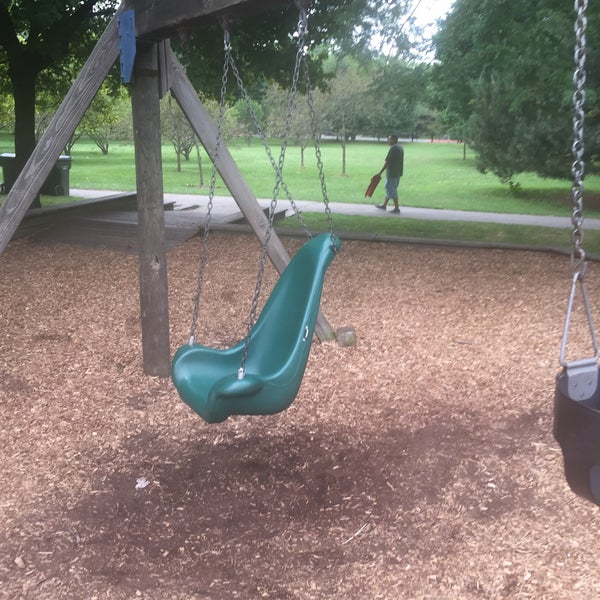
#INDIAN BOUNDARY PARK PORTABLE#
Tennis courts were constructed in 1924 and a small portable shelter was installed for the comfort of the skaters near the current children’s playground.ĭuring the 1920s, animal lovers from the area decided that a zoo should be established featuring small animals and contributions of goats, raccoons, monkeys, Easter chicks, and ducks became the original habitants of the small zoo. Park improvement work was started in 1918 when poplar trees, shrubs and plants were planted. He presented a landscape plan to the park district at that time, and also offered to recommend nurseries for the purchase of plantings, to inspect the stock, and to supervise the planting of the trees and shrubs himself. Gloede, a landscape architect from Evanston, who participated in the Ridge Avenue Park District meetings as early as 1915. Land for the 13-acre site of Indian Boundary Park-bounded by Estes Avenue on the north, Lunt Avenue on the south, Artesian Avenue on the east, and Rockwell Avenue on the west. The park was so named as it runs along the northern boundary of an 1816 Indian treaty ceding the Chicago area to the federal government. Subsequent purchases of land, at the cost of $3,000 an acre, expanded the area until by September 15, 1922, it reached its current size of 13.06 acres. Indian Boundary Park was conceived in September 13, 1915, as the centerpiece of the Ridge Avenue Park District with the purchase of a plot of land in West Ridge. The new residents were mainly of German, Swedish or other northern European heritage.

The formerly rural character of West Ridge was quickly transformed by the erection of large apartment buildings, two- and three-flats, and bungalows, built largely in the 1920s. The shift in focus from boulevard maintenance to park creation was due to the area’s rapid residential development which began in the 1910s. Over the next nineteen years, the Ridge Avenue Park District created four small parks, ranging in size from about a half acre to 13 acres. Land was not acquired for park purposes until 1912, when the Commissioners secured title to the first lot of what was to become Morse Park at Morse and Ridge Avenues. As West Ridge was rural and sparsely settled at that time, the five-member park district board was initially charged with improving and maintaining Ridge Avenue as a boulevard. In 1896, West Ridge voters approved a petition to establish the Ridge Avenue Park District,which served as the first of Chicago’s small park organizations in newly developing outlying neighborhoods. The boundary line, which ran through the land that is now the park, remained in effect only through 1833, when the Pottawattomies were forced entirely from the area in the face of white settlement. Rogers built a log cabin right near the intersection of what is now Lunt Avenue and the Indian Boundary Line, a territorial boundary established by the Treaty of 1816 between the Pottawattomie Indians and the U.S. Pottawattomie, Chippewa and Ottawa tribes lived in the area before Europeans arrived.

Around 1835 when Philip Leonard Rogers arrived in the area that would bear his name, he wanted to establish a profitable trading post with the indians.


 0 kommentar(er)
0 kommentar(er)
